
Very happy to share that our paper presenting a framework for optimal movement decisions in complex landscapes has just been published in TREE @stephharris.bsky.social @jacobnabe.bsky.social tinyurl.com/d45s36y5
25.08.2025 12:37 — 👍 21 🔁 12 💬 0 📌 0@stephharris.bsky.social
Researcher at Bangor University @sosbangor.bsky.social working on seabird movement and energetics. Interested in animal movement, behaviour and demography. She/her

Very happy to share that our paper presenting a framework for optimal movement decisions in complex landscapes has just been published in TREE @stephharris.bsky.social @jacobnabe.bsky.social tinyurl.com/d45s36y5
25.08.2025 12:37 — 👍 21 🔁 12 💬 0 📌 0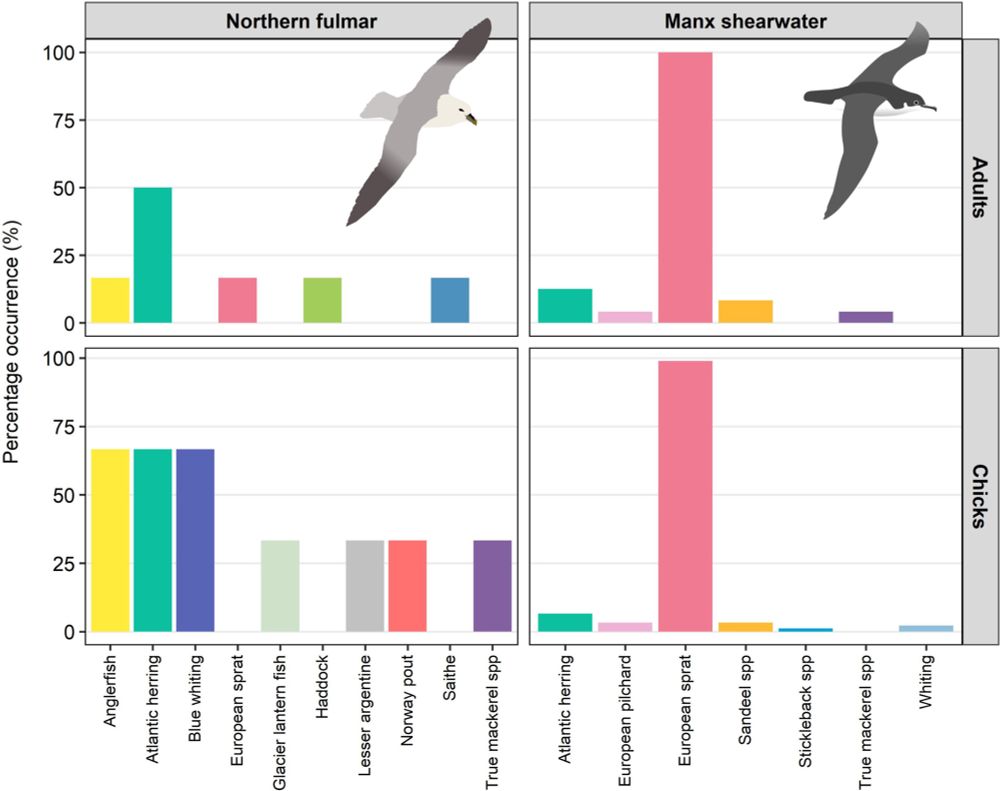
Thrilled to say the first chapter of my PhD is out today in @ecol-evol.bsky.social!
We used buccal swabbing & DNA metabarcoding to explore the diet of Fulmars & Manx shearwaters 🧬🐧
onlinelibrary.wiley.com/doi/10.1002/...
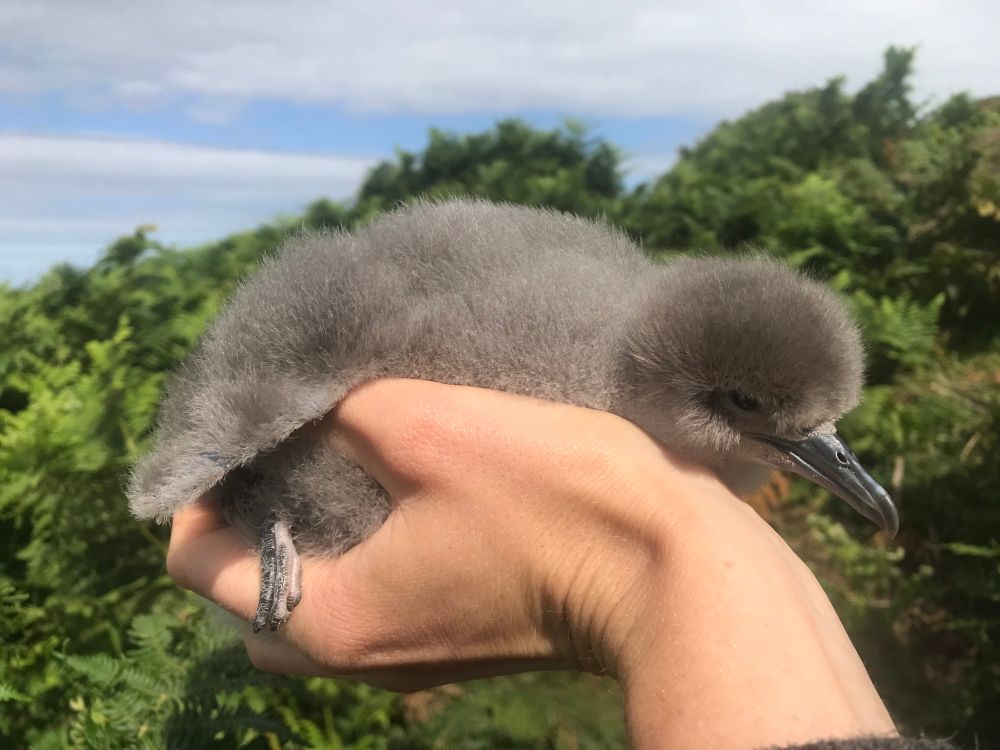

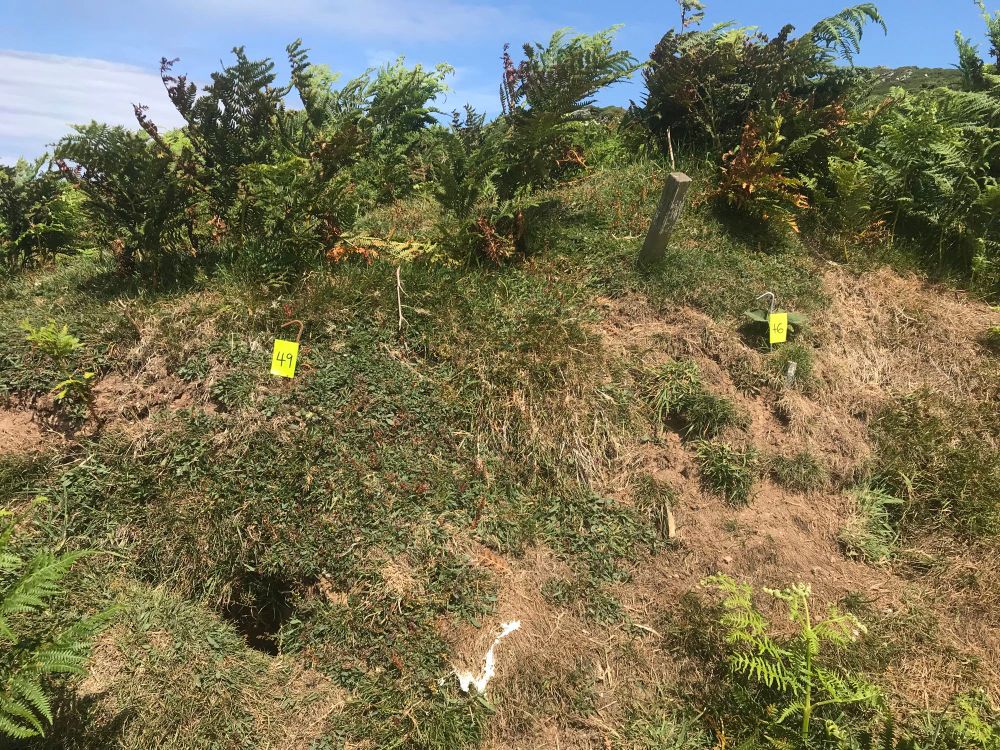
Great to be back @bardseybirdobs.bsky.social for my second field season. Lots of chicks hatching everyday now! 🐥😍
24.06.2025 09:01 — 👍 12 🔁 1 💬 0 📌 0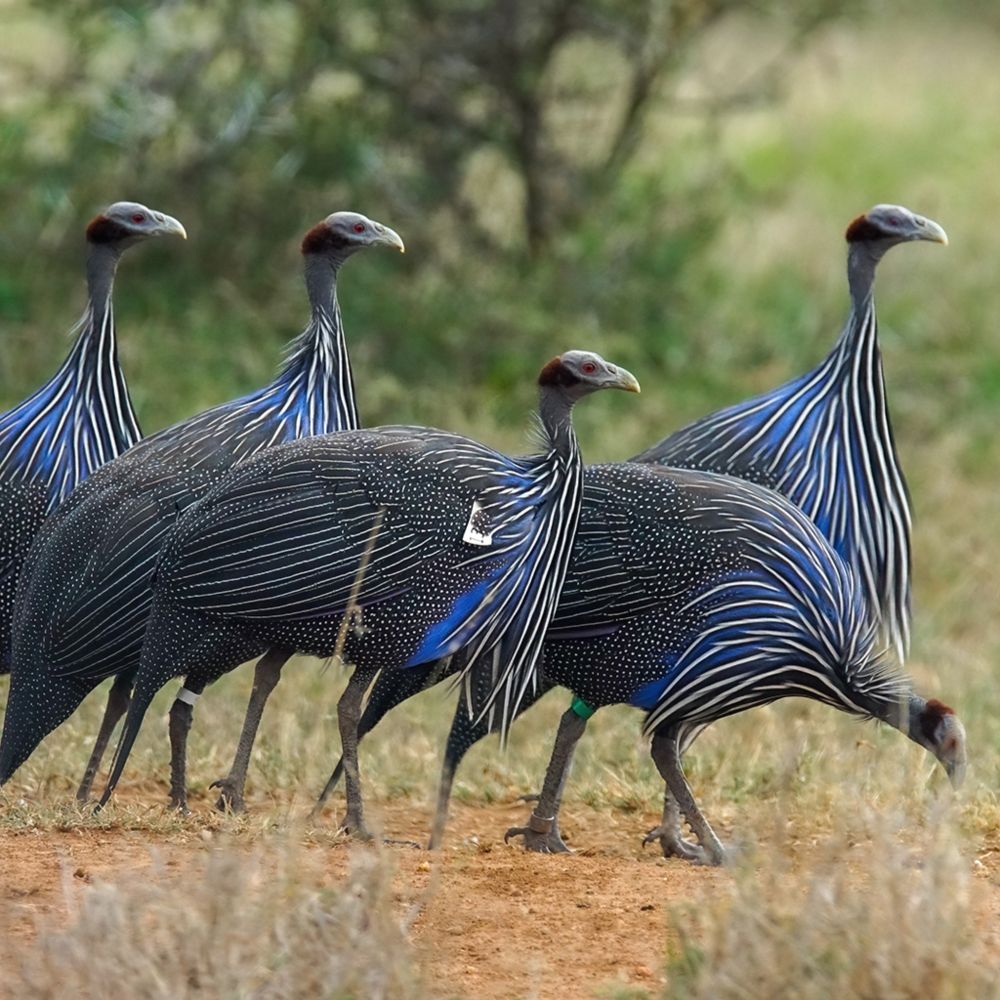
Moving as a group imposes constraints on the energetic efficiency of #movement #ProcB royalsocietypublishing.org/doi/10.1098/... #OpenAccess
04.03.2025 13:53 — 👍 15 🔁 6 💬 0 📌 0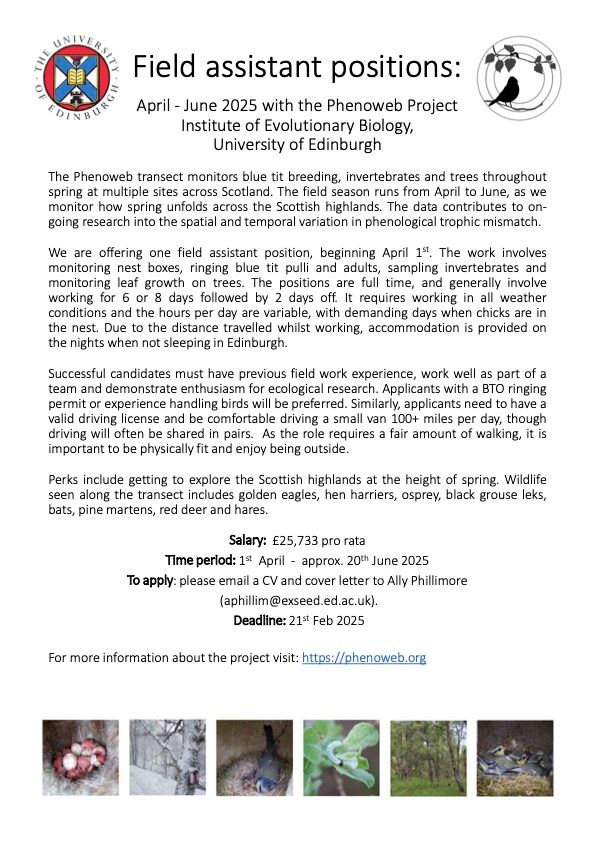
Fieldwork opportunity: We're looking to hire a field assistant for the www.phenoweb.org project starting 1 April. Please repost. #phenology #fieldwork #birdringing
12.02.2025 13:39 — 👍 30 🔁 46 💬 1 📌 3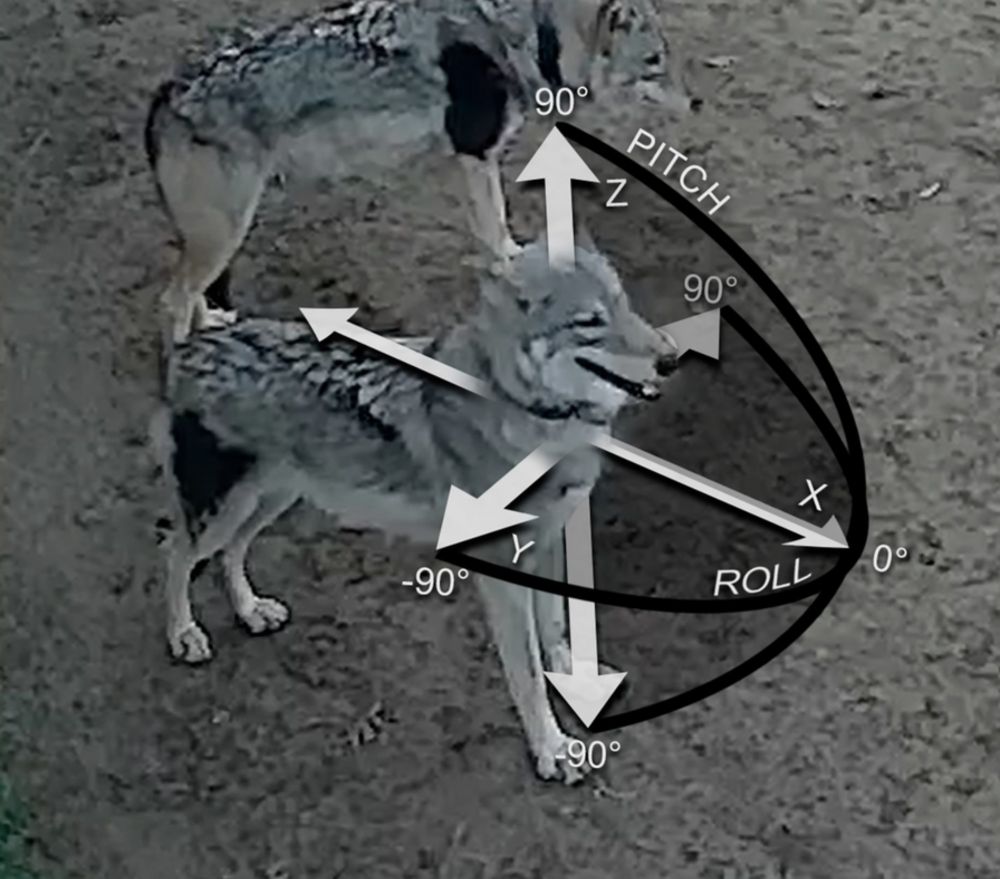
Excited to share a new publication, just off the press!! This time back to the terrestrial ecosystem, 📣 led by PhD student Charlie, @thecharlieroger.bsky.social , on using machine learning 🤖〽️ to identify wolf behaviours from accelerometer data #biologging, #movementecology. Congrats!! 👏
30.01.2025 17:06 — 👍 10 🔁 5 💬 0 📌 0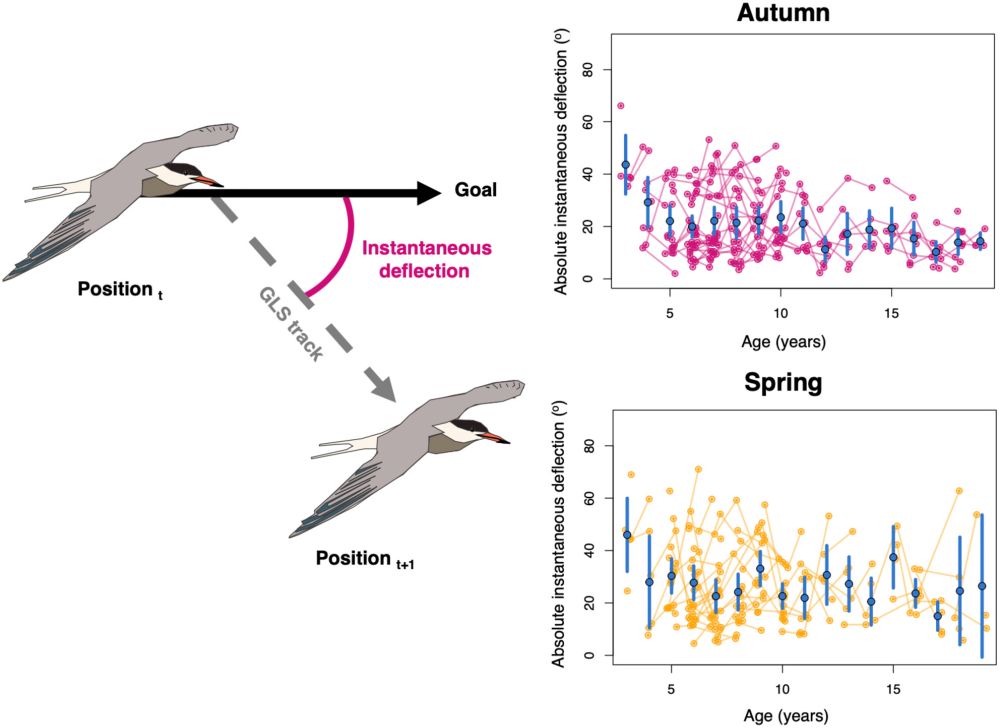
New publication by the @commonternproject.bsky.social. 'Selective disappearance based on navigational efficiency in a long-lived seabird'. In @animalecology.bsky.social.
doi.org/10.1111/1365...
New research by a team inc @sosbangor.bsky.social @marineronan.bsky.social shows absence of sharks 🦈across the Western Indian Ocean, except Mozambique & Chagos Archipelago
28.01.2025 10:10 — 👍 3 🔁 1 💬 0 📌 0
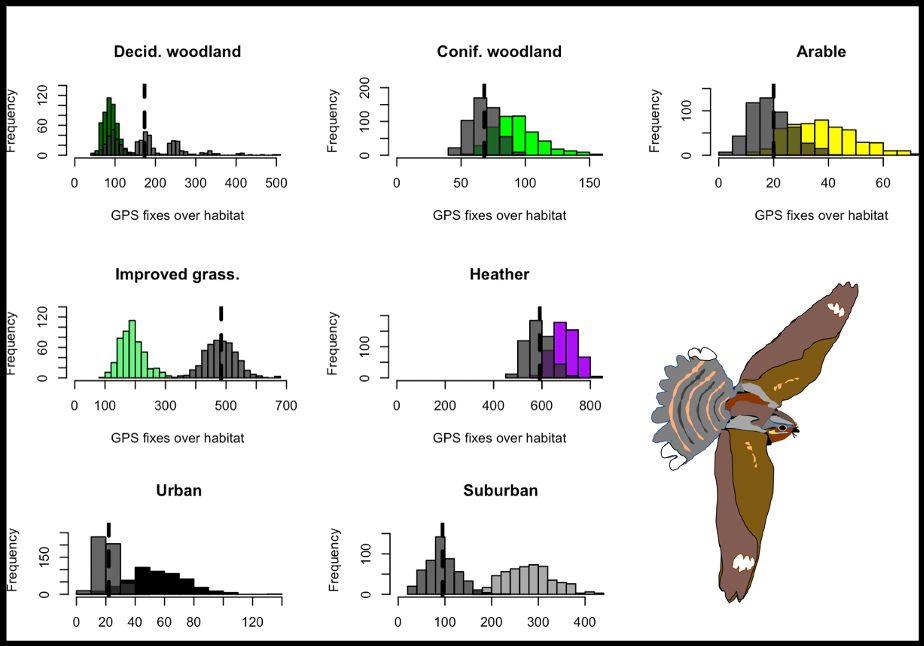
Funded PhD! Interested in nightjars? Interested in radio tracking and GPS tracking? We are looking for a PhD student to study the movement and cognitive ecology of this enigmatic crepuscular species with me and @dmitrykishkinev.bsky.social Link below - message or email for info. 3 days to apply!
27.01.2025 13:55 — 👍 26 🔁 22 💬 1 📌 0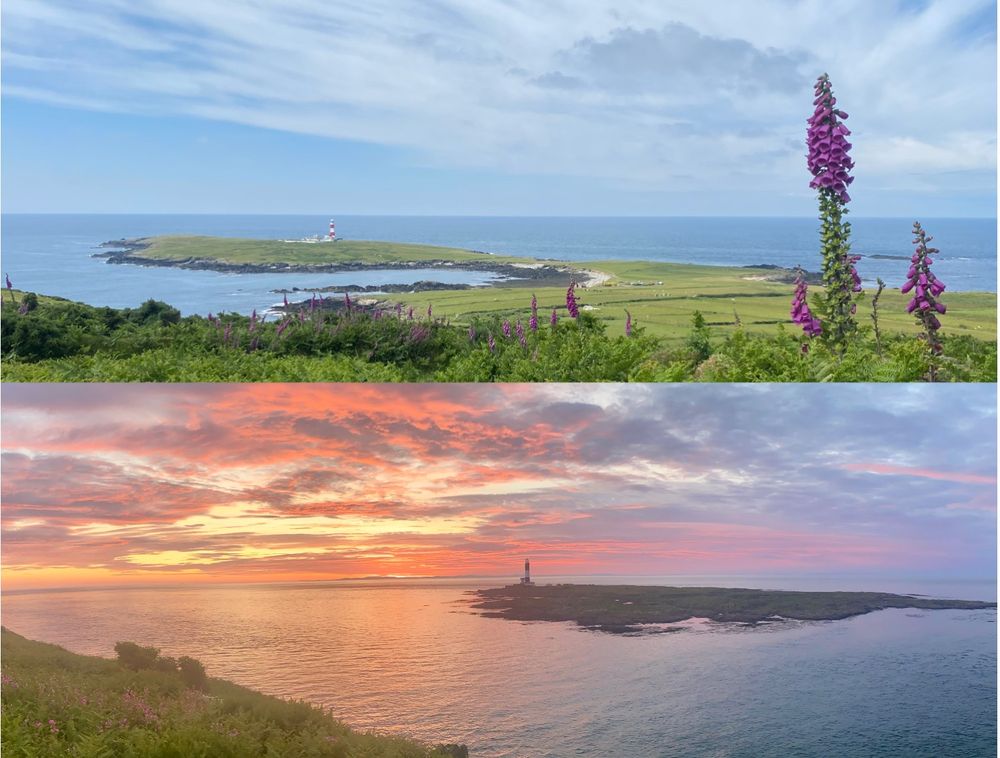
Special thanks to @bardseybirdobs.bsky.social and @copelandbirdobs.bsky.social for their incredible support and being wonderful places to spend time with Manx shearwaters! Thanks also to project SHEAR and my brilliant co-author team!
15.01.2025 10:29 — 👍 3 🔁 0 💬 0 📌 0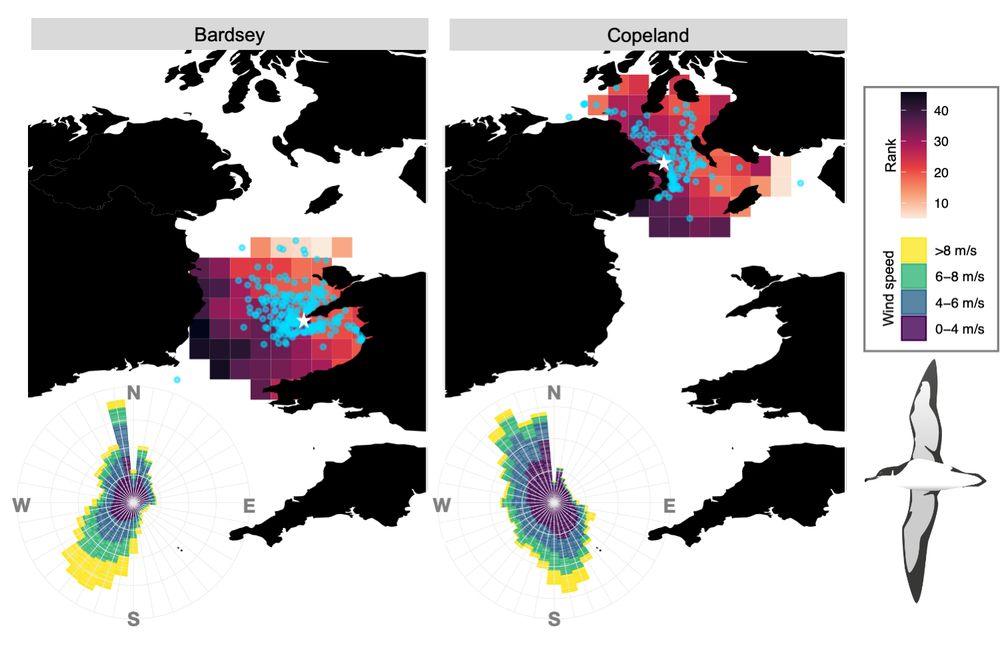
Maps of the average cost of reaching each pixel from Bardsey (left) and Copeland (right), with observed destinations of first departures from the colonies overlaid in blue.
We enjoyed thinking about how being both wind-efficient and target-oriented might together help shape colony foraging ranges...
If birds learn their foraging landscape over time, but prevailing winds influence where they get to know best, windscape effects should persist even on calm days
Manxies are generally quite wind selective (as we'd expect, for a shear soarer), but they often reject being efficient - esp. on return to the colony, if winds aren't too high, or when embarking on a long flight
Collectively, these suggest birds trade off wind-efficiency vs. reaching known targets
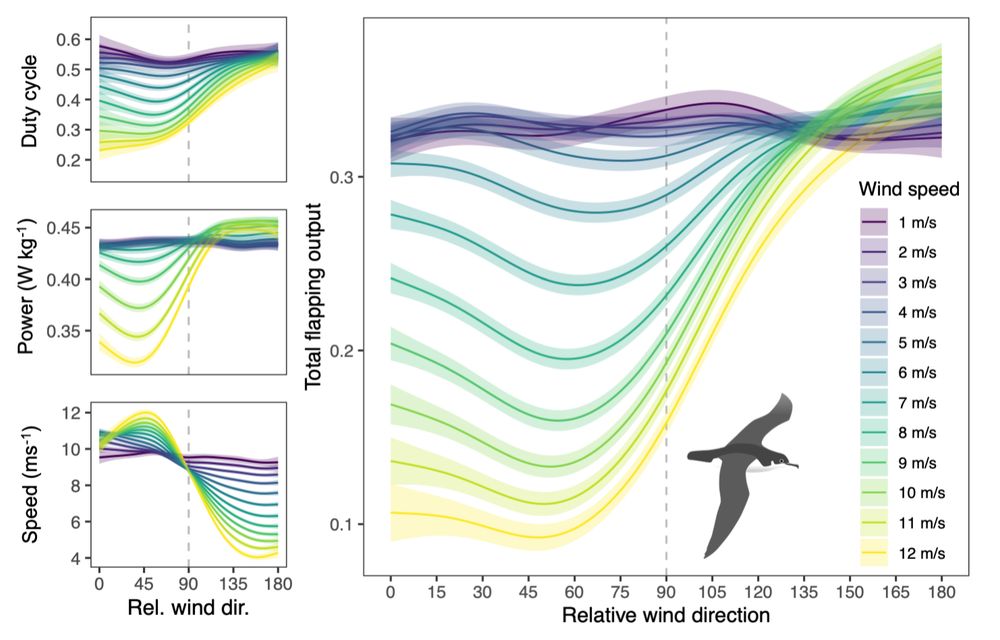
The effects of wind speed and relative wind direction on flight costs in Manx shearwaters: flapping duty cycle (proportion of each flap-glide cycle spent flapping; top left), body power during flapping (W/kg; middle left), ground speed (bottom left), and total flapping output (right), a composite measure integrating flapping duty cycle and power during flapping as a measure of total energy spent on flapping during flight. Shearwaters have lowest flight costs in strong cross-tailwinds.
We estimated flight costs under different wind conditions using accelerometry and measured the wind selectivity of shearwater flight decisions - did they choose the cheapest available path given the wind, or were they prioritising something else?
15.01.2025 10:29 — 👍 2 🔁 0 💬 1 📌 0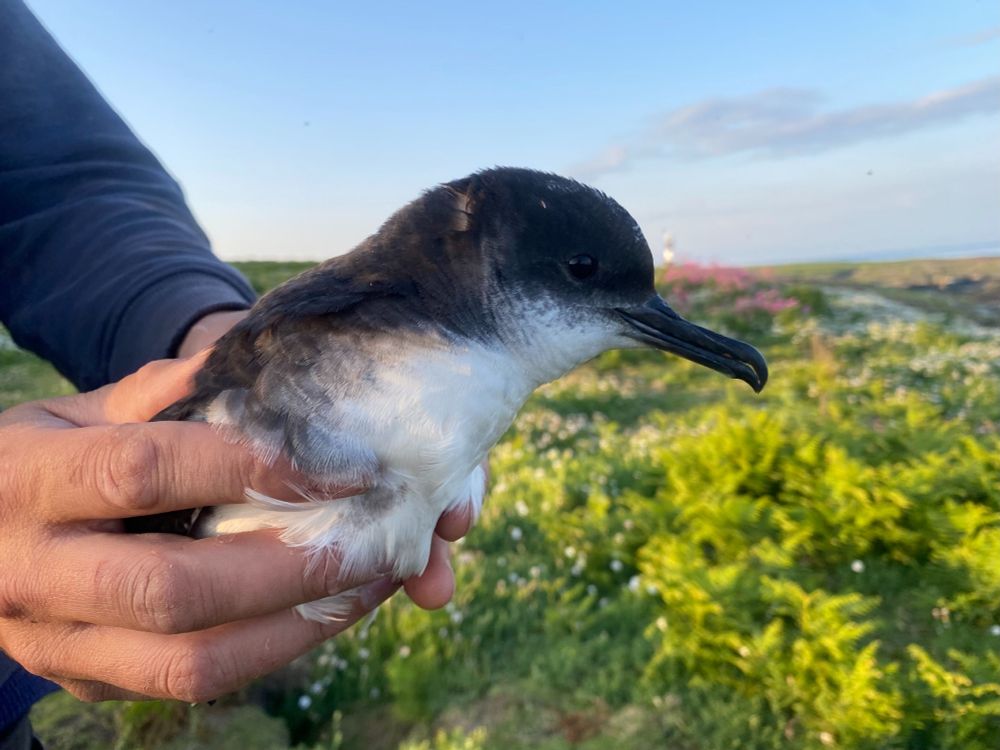
Manx shearwaters seem to fall somewhere in between - they show some evidence of targeted foraging movements, but have a strong preference for flying in a crosswind direction for dynamic soaring
So how does a seabird both wind-efficient and target-oriented make foraging decisions?
Some seabirds (esp. Procellariiformes) have wind-assisted foraging strategies, with some closely following the most wind-efficient path to fly fast & cheap, encountering prey at random as they go
Meanwhile, other seabirds seem to target memorised foraging areas, flying directly to prey hotspots

New paper in @currentbiology.bsky.social on seabird wind use and foraging decisions!
doi.org/10.1016/j.cu...
We estimated wind selectivity in Manx shearwaters and explored how birds handle the trade-off between being wind efficient and targeting known foraging areas
@sosbangor.bsky.social
#ornithology
doi.org/10.1038/s415...
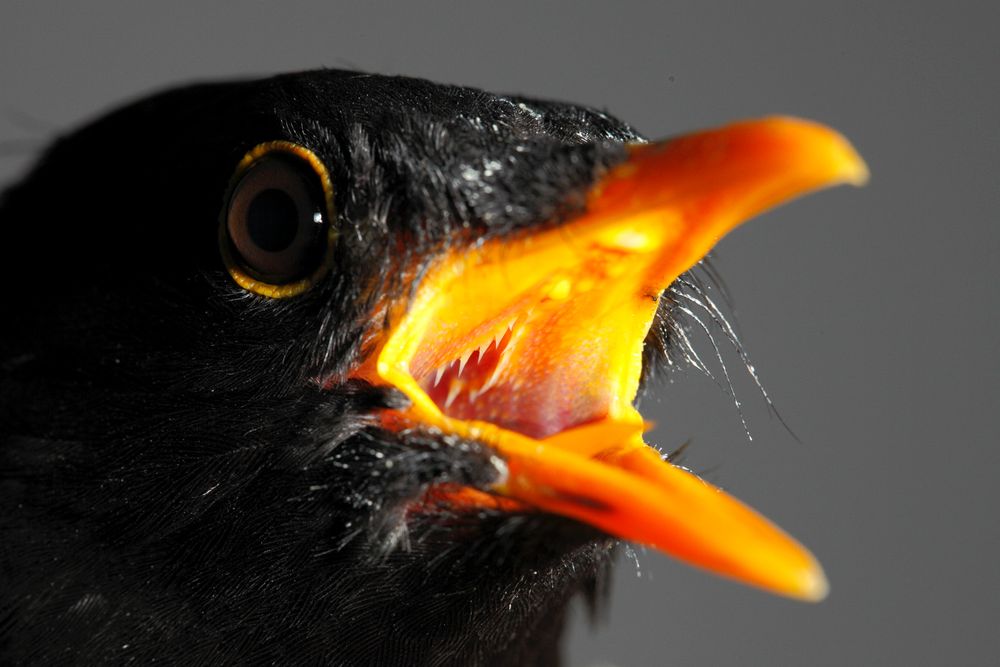
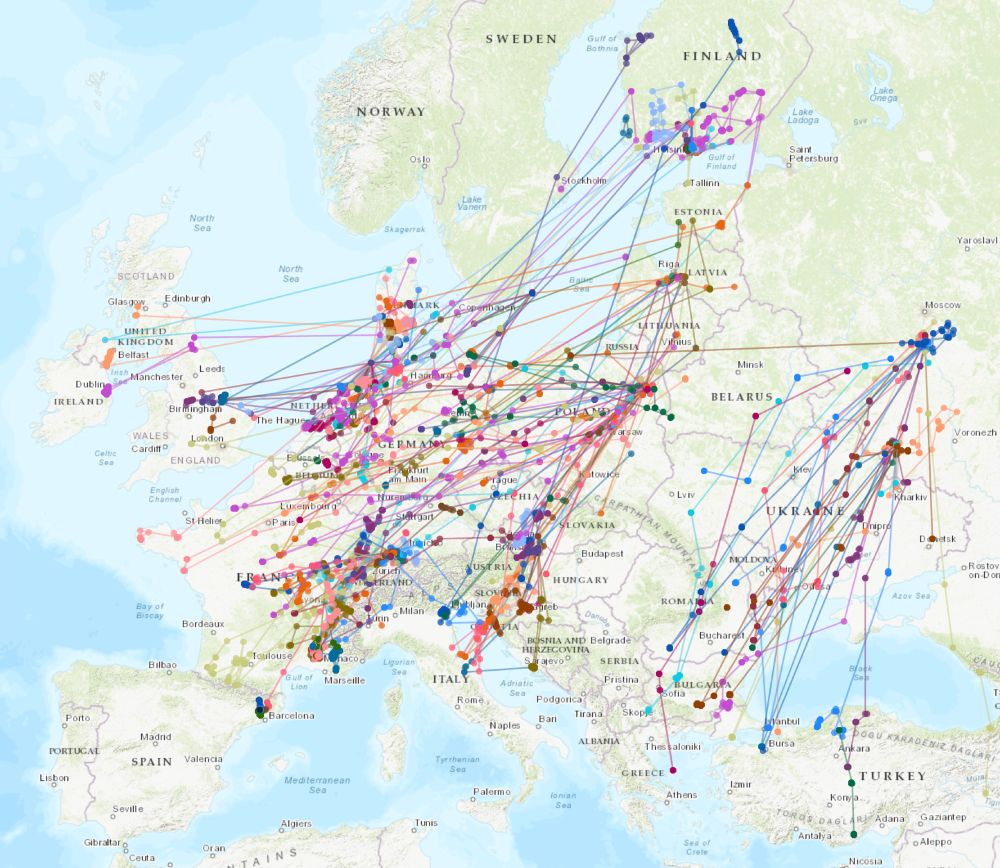
3-year Postdoc Position
Join our team @mpi-animalbehav.bsky.social and investigate the dynamics of seasonal songbird migration using biologging technologies
See details here: bit.ly/3ZojW38
Please get in touch if interested & share with anyone else who might be!
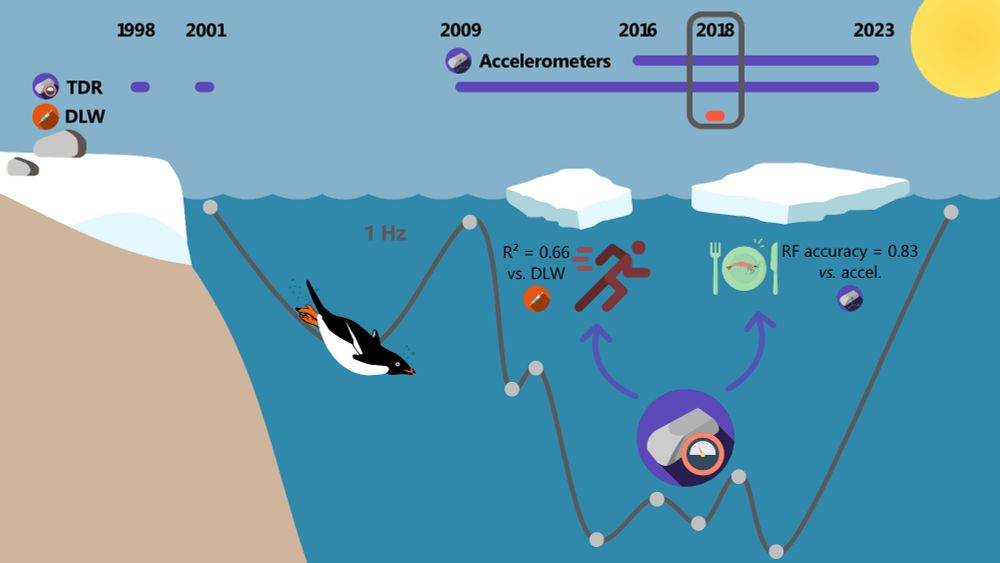
Graphical abstract of the paper describing the main findings
My first PhD chapter just got published in @jexpbiol.bsky.social ! We proposed a new framework to estimate foraging energetics ⚡ of Adélie 🐧 using TDRs. Our framework provided results similar to accelerometers and could likely be applicable on other diving predators 🐋🦈
doi.org/10.1242/jeb....
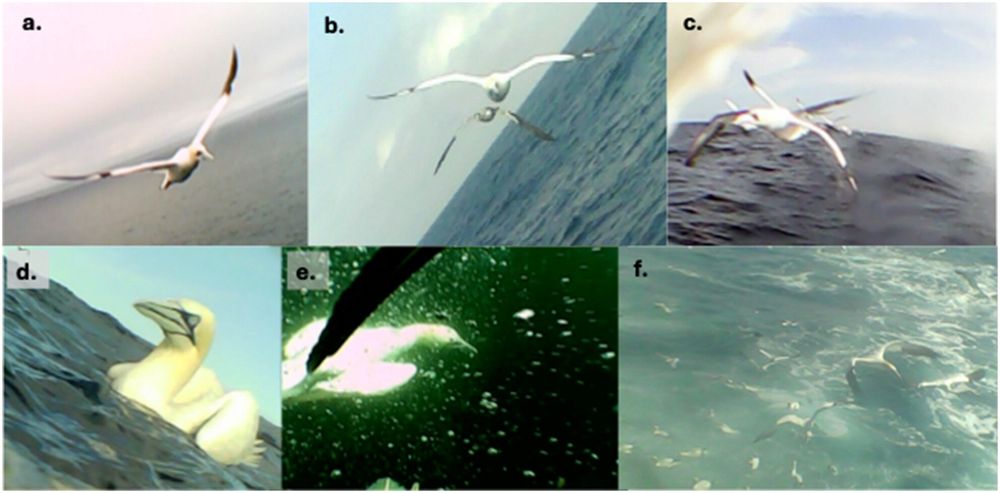
New paper alert!
Really excited to see this work from a postdoc with Steve Votier @heriotwattuni.bsky.social published in Ecology & Evolution!
In it, we use existing bio-logging data to study competition and facilitation in foraging gannets.
Link to paper here:
dx.doi.org/10.1002/ece3...
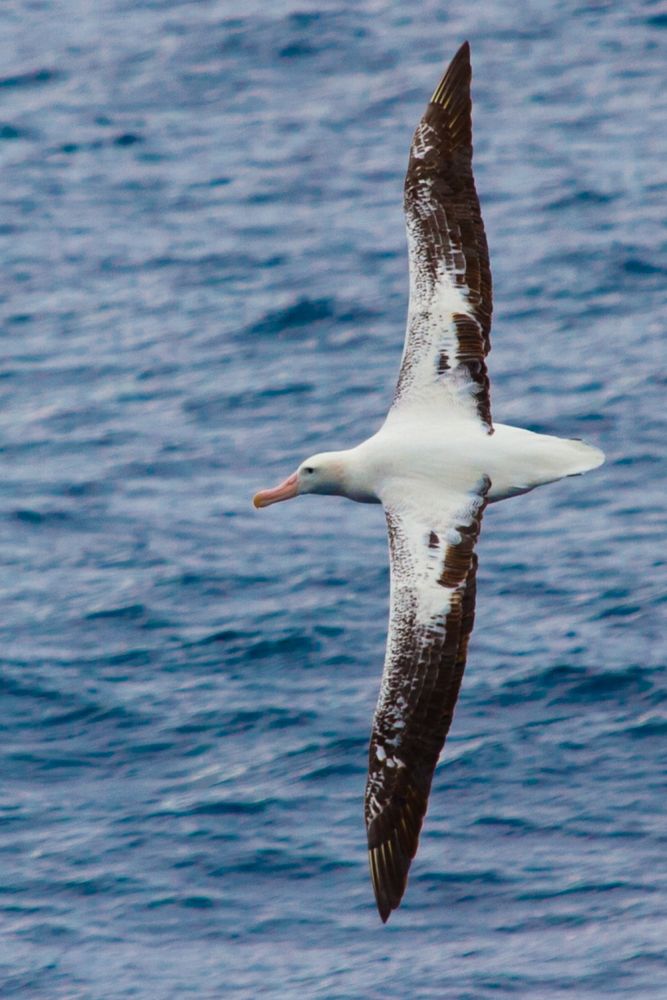
A wandering albatross soars across the sea.
How do wandering albatrosses deal with broad-scale climatic variation? Pretty well, it seems! Our new Ecology & Evolution paper uses 11 years of GPS tracking to show how plastic behaviour helps albatrosses to buffer environmental effects on their breeding success:
dx.doi.org/10.1002/ece3...

New PhD project, based at ZSL, on the migration strategies of Trindade petrels from Round Island, Mauritius!
Fab opportunity to work on an amazing long-term ecological dataset, supervised by Malc Nicol, Emily Sheppard and Ken Norris 🔗⬇️
www.findaphd.com/phds/project...
#seabirds 🪶
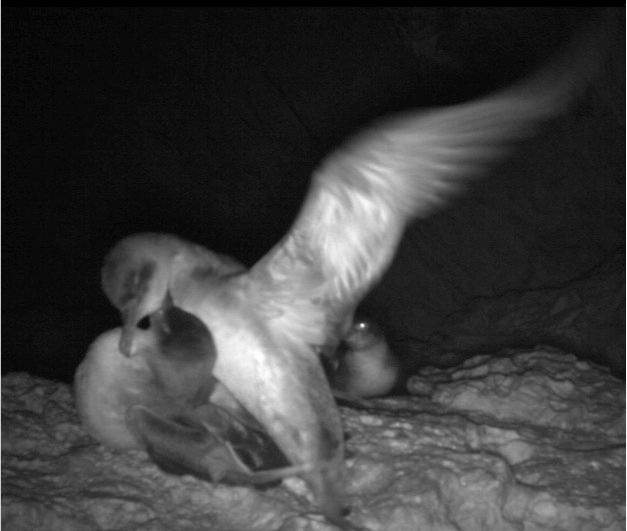
!PhD opportunity! We are recruiting a student to use biotelemetry and modelling to understand bycatch in Europe's most endangered seabird, the Balearic shearwater. If you are interested come to our online Q&A session on 12th Dec. See advert below!
04.12.2024 09:59 — 👍 61 🔁 35 💬 3 📌 3